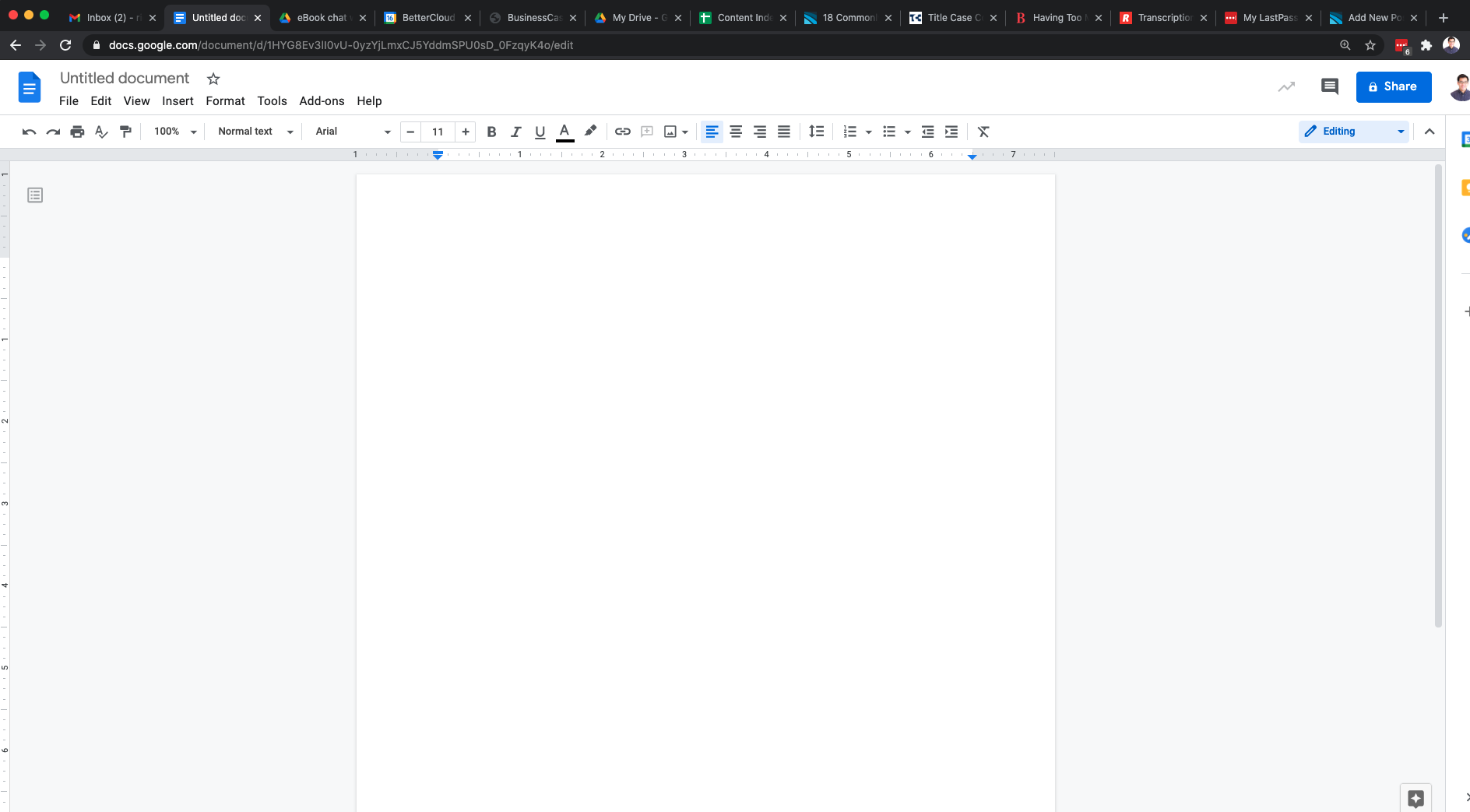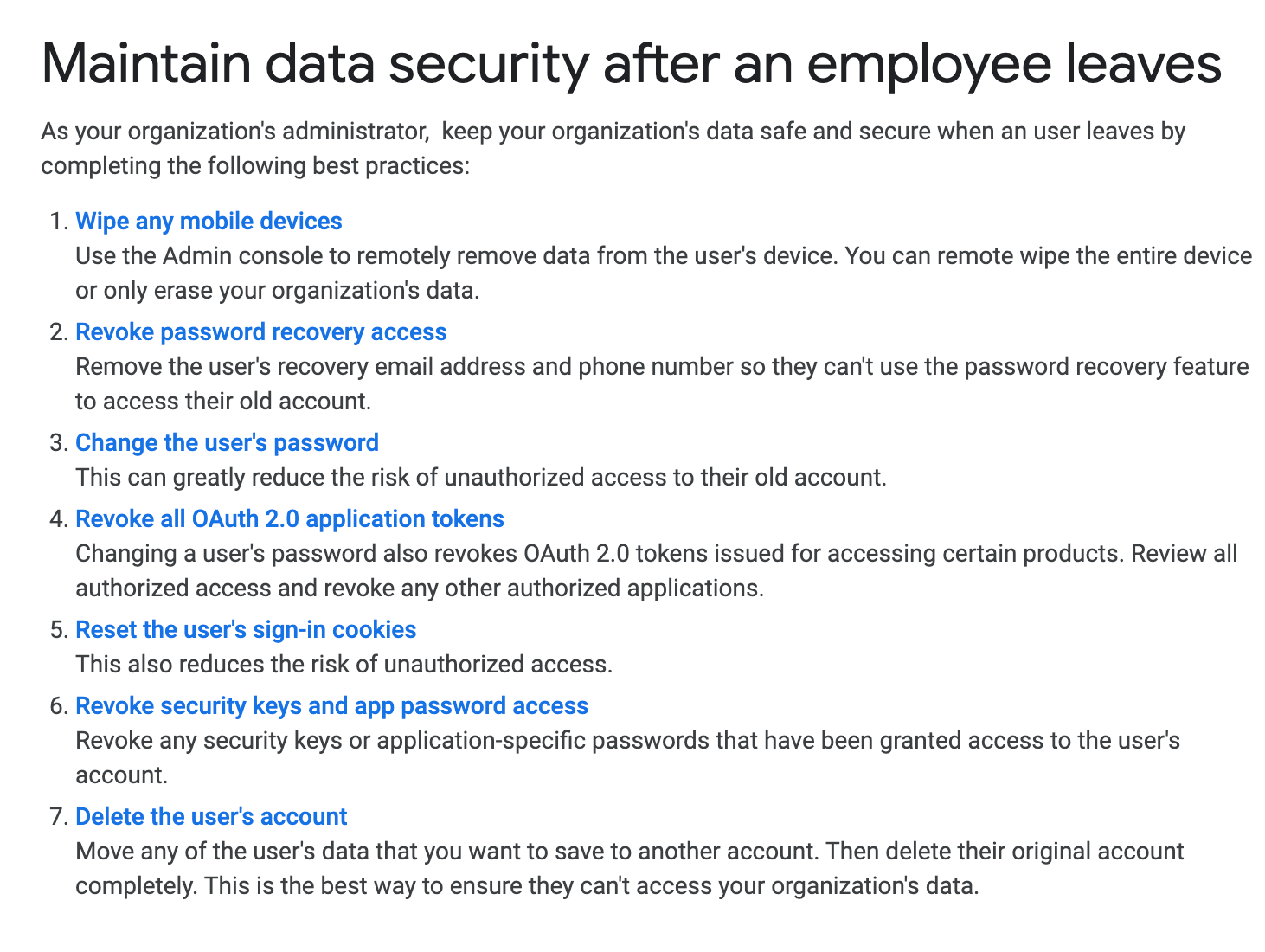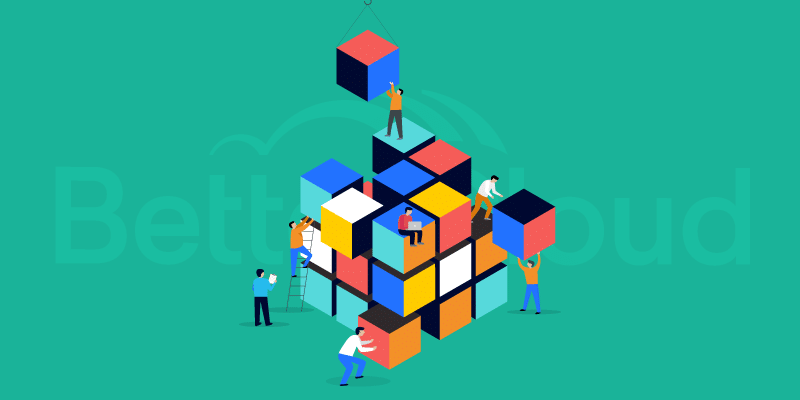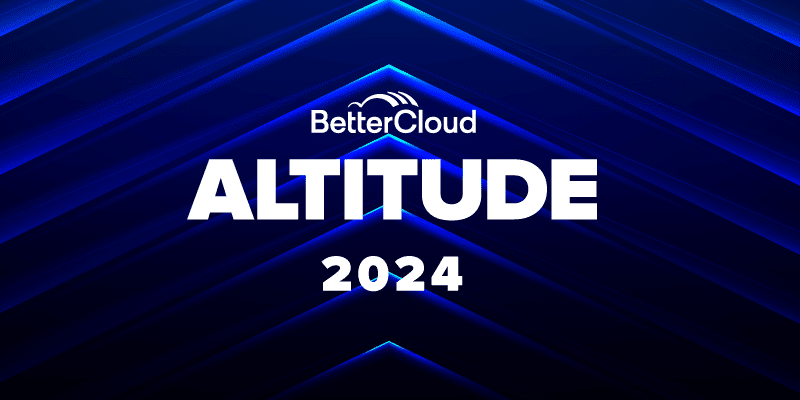Why You Need a SaaS Management Platform for Your SaaS Operations
February 19, 2021
6 minute read
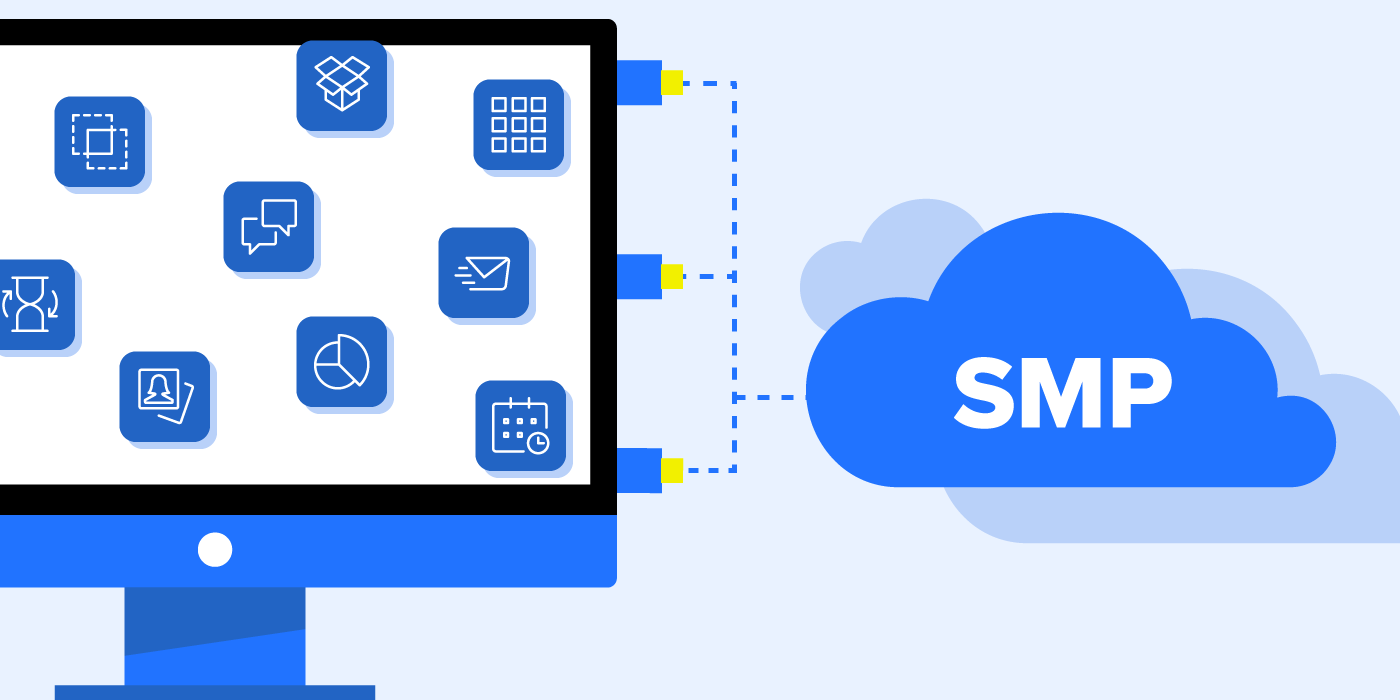
If tech writers were honest, we’d admit that it’s been a long time since we started a blog post without saying that SaaS adoption is exploding.
Experts agree that SaaS adoption will continue to accelerate over the next few years. Bill Martorelli, Principal Analyst at Forrester Research, says that 57% of IT executives plan to invest in SaaS as part of their digital transformations. Additionally, our research shows that by 2025, companies expect 85% of the business apps they use will be SaaS-based.
But as your organization adopts more SaaS applications, how can IT manage and secure a growing portfolio of applications, while also ensuring that a best-in-class experience for end users?
For many companies, a SaaS management platform (SMP) is the obvious solution. Let’s explore why an SMP is no longer a luxury for your organization, but a business-critical necessity.
But first, what is a SaaS management platform?
Last week, we published a comprehensive guide on the practice of SaaS management. We recommend taking some time to dive into it, but we’ll focus our attention here on understanding the basics (and benefits) of a SaaS management platform.
Gartner first coined the term in 2018, when they wrote that a SaaS management platform allows IT administrators to manage application policies, take corrective action, track application usage and automate IT administrative tasks from a singular platform.
This describes the functionality that BetterCloud’s platform provides to our customers. Want to see which applications were added to your environment via OAuth? There’s a filter for that in the Applications tab.
That’s pretty neat. But why does it matter? There are two catalysts for the growing need for an SMP. First, this SaaS explosion presents IT with some unique challenges. And more importantly, the alternative is frankly annoying for most admins.
The SaaS explosion presents unique security challenges
When we launched our 2020 State of SaaSOps report, we learned that on average, companies use 80 SaaS applications. Additionally, companies that are between 1-3 years old use a whopping 103 SaaS applications But while companies are adopting more SaaS applications, IT leaders are simultaneously trying to figure out how to secure a cloud-first environment.
John Shier of Sophos recently told CIO Dive that, “While cloud platforms have been around since the early 2000s, cloud adoption is still increasing. Cloud platforms have also increased in complexity over time.” Many IT executives share Shier’s concern. According to Forrester’s research, 28% of organizations said that data security and privacy is their top concern when considering SaaS.
Even though best-in-class cloud applications make life easier for end users, here’s just a short list of the moving targets IT constantly chases to manage and secure a cloud environment:
- Constantly evolving compliance requirements and legislation
- Increasingly sophisticated security breach tactics
- User error when offboarding due to manual tasks across a large portfolio of applications
The amount of manual work that IT still does is remarkable. 34% of respondents to our 2020 State of SaaSOps survey said that they spend half a week or more performing SaaS management tasks manually.
That begs the question: What does that manual work look like for an IT admin?
Getting SaaS management and operations out of the browser
To begin this conversation, I’ll share an image of a typical day in Google Chrome for me. It’s worth reminding you that I’m a marketer—not an IT administrator. And as I think we can all agree, this example is already shaping up to be a complete nightmare to manage.
Now imagine what it’s like for IT to manage all of these tabs, especially when they’re trying to offboard a user. Two words probably come to mind: Not. Ideal.
To illustrate this further, let’s imagine that we want deprovision a user’s access to Google Workspace. According to Google’s support page, there are seven steps for an administrator to take. In case you’ve forgotten them, check them out below.
Sure, this is official documentation. But let’s be honest: These seven steps barely cover the basics.
Last year, our Community Director Mike Stone outlined the anatomy of a perfect offboarding workflow. Take the time to read the full post, but here’s a list of all of the recommended actions just to hide a user in your directory:
- Google: Hide user in directory
- Google: Remove from all groups
- Google: Remove all email aliases
- Google: Remove from shared calendars
- Google: Move to org unit
If you’re currently offboarding users manually, you’ve probably created an administrator manual that looks a lot like Stone’s post. But even good IT documentation can be a Catch 22. Sure, you need to capture every single step of the process. But what you end up with is an insanely dense document that leaves far too much room for human error.
And that human error has serious ramifications on your IT offboarding process. Here are a few findings from our 2020 State of SaaSOps report for you to chew on:
- On average, it takes IT 7.12 hours to offboard a single user
- In some cases, offboarding a single employee can consume 16 hours of an IT administrator’s time
- At companies with between 200-499 employees, it takes IT 7 hours and 30 minutes to offboard one user without automation.
OK, so what happens when an organization does automate offboarding with a SaaS management platform? As you can see below, not only does offboarding get faster, but it leaves far less room for user error.
Our 2020 State of SaaSOps study also found that at companies of over 1,000 employees, a SaaS management platform like BetterCloud reduced the mean number of help desk tickets from 74 per week to less than 43. Companies with 200-499 employees can reduce the time needed to offboard a user from 7 hours and 30 minutes to just over an hour. It’s not hard to see how this type of time savings and consistency frees up IT to focus on more strategic initiatives.
Full visibility into your entire SaaS environment
We’ll wrap up our conversation today by reminding you that while most people are not IT practitioners, it has never been easier for anyone to sign up for and download a SaaS application. If I was a bad employee, I could sign up for about a half dozen SEO tools with a few clicks without telling my boss—or even worse, without alerting IT.
It’s for this reason that IT needs full visibility into its SaaS environment—maybe more so than ever before.
Not only is it critical to see which applications your end users have, but it’s even more essential to see how those apps got into your environment in the first place. We alluded to this earlier, but BetterCloud’s new Discover functionality gives administrators the visibility they need to manage the very low barrier to entry for SaaS applications.
There are several use cases for Discover, but let’s unpack one of them here. In 2019, we reported that 62% of organizations felt that their biggest security threats were well-meaning, but negligent end users. Below, you’ll see how Discover can help you be more proactive about identifying and mitigating exactly that risk.
On the surface, this doesn’t look like a particularly high-risk user. But you’ll also notice that several of the applications that this person uses are either marked as In Review or Unsanctioned. While an application like Asana is a safe bet to approve, this gives IT an easy way to evaluate a user’s activity and take action whenever a rogue application appears in that person’s application stack.
We’ve only scratched the surface of the importance of using a SaaS management platform to discover, manage, and secure your cloud-based environment. Want to learn how BetterCloud can help you accelerate your entire company’s growth? Click here to schedule a demo.




